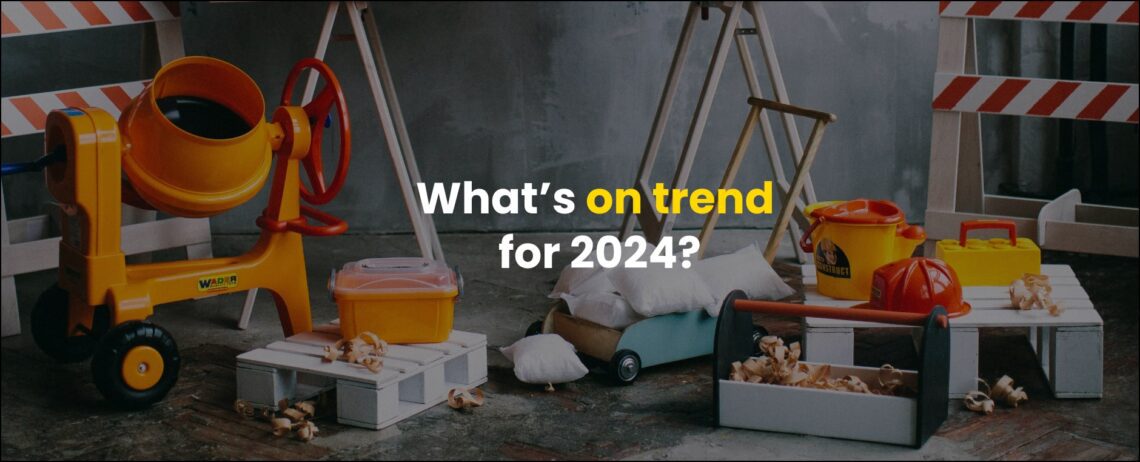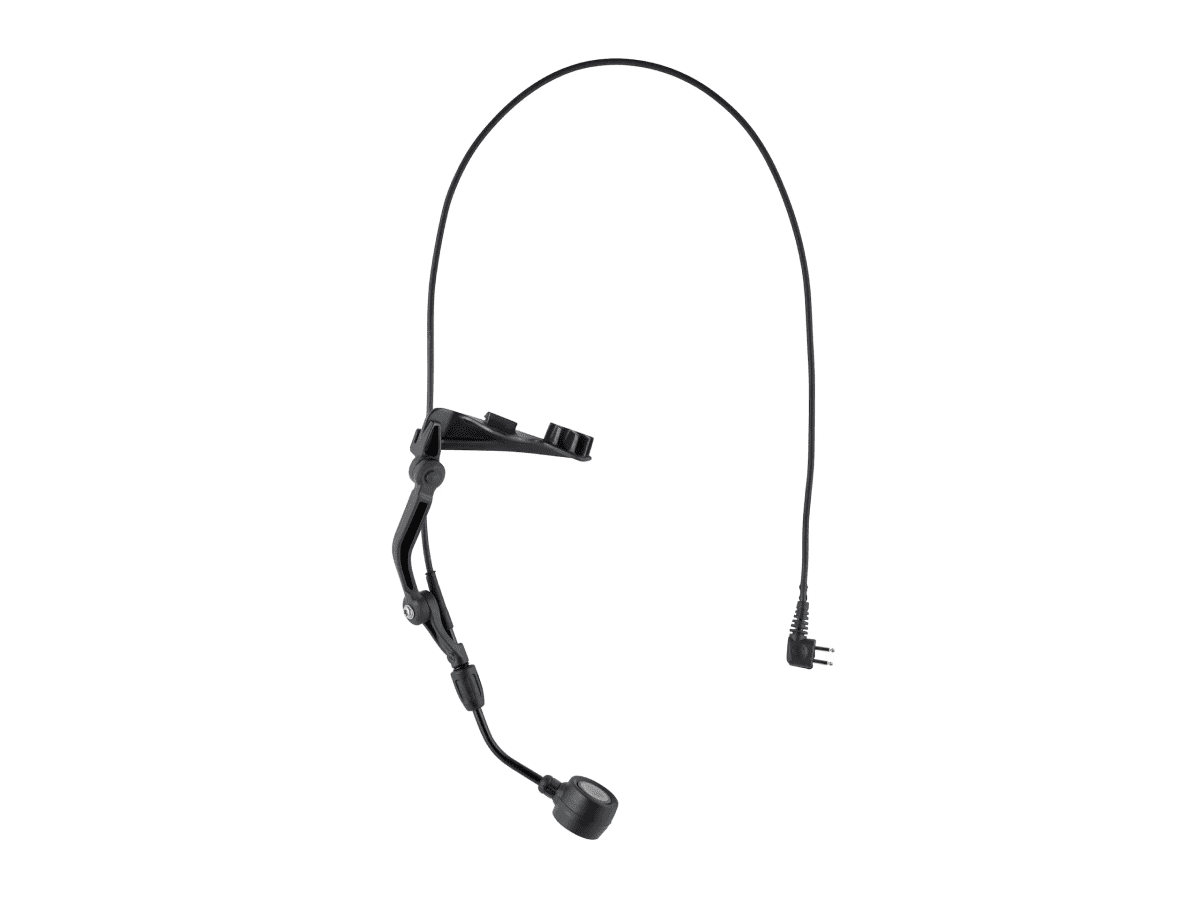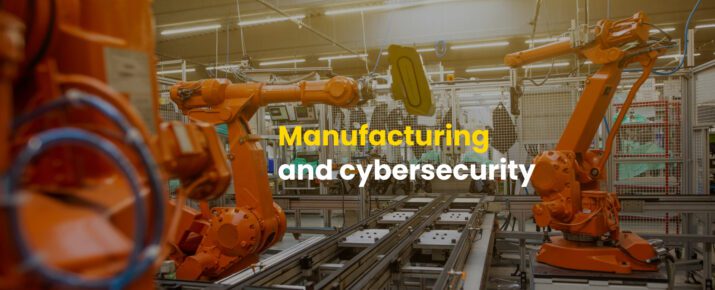Top environmental, health and safety (EHS) trends for 2024
Industry Trends | By | 5 Mar 2024 | 4 minute read

Move over, AI – it’s time to make way for the new trends of 2024. Let’s take a closer look at eight of the biggest emerging trends in environmental, health and safety (EHS), and how you can take advantage of what’s to come.
1. Offsite construction
Construction – but make it offsite. Come again? This is where the assets for building projects are manufactured and constructed in ‘parts’ away from where they’ll eventually be assembled. They are then transported to the site and put together in a much shorter timeframe. According to the Office of Projects Victoria, offsite construction can “enhance project delivery and lifecycle costs, environmental impacts, and productivity.”
So when would you opt for offsite construction?
- A project has tight deadlines
- The site is battling weather issues that could delay the project
- The project has repetitive interior structures
- There are space limitations onsite
- There’s increased risk of theft and vandalism
- There are safety concerns due to extreme hot, cold, and high heights
By reducing onsite activities, organizations can minimize their exposure to potential risks while making the workplace safer and more efficient. Thanks to smart technologies and user-friendly platforms, everything from planning to design to manufacture and even the assembly of buildings can now be done offsite.
2. Drone tech
It’s been several years since drones became available to the public, but you can expect them to experience something of a resurgence in 2024 – particularly in the workplace. With their unmatched aerial capabilities, the latest drones can give your workers the ability to support their day-to-day activities while also giving you a round-the-clock bird’s-eye view of what’s happening onsite.
For example, drones equipped with thermal imaging or lidar (light detection and ranging) can spot electrical faults or overheating equipment on a building site. Whether it’s for security, ongoing surveillance, identifying workers, or spotting potential safety hazards before they cause an accident, drones can act as a ‘first responder’ and facilitate a swift response from your frontline workers.
3. Smart buildings
What we refer to as ‘smart buildings’ are the type of structures that have been equipped with advanced technologies and interconnected systems to boost their operational efficiency, security, sustainability and more. IoT is at the heart of these buildings, with smart devices and sensors that collect and analyze data in real-time. We expect smart commercial buildings will become even more popular in 2024 – with popular features like automated systems for lighting, security, and heating, ventilation, and air conditioning (HVAC) all big reasons for businesses to make the leap.
Did you know? SafetyCulture HQ in Sydney is a fully functional smart building? From noise detection control, to reducing food wastage, and optimized cleaning rosters, the building basically runs itself! Read the article to find out more.
4. Smart sensors and connected assets
While we’re talking about IoT, let’s dive into smart sensors. Real-time monitoring of your assets through smart sensors and the Internet of Things (IoT) will continue to gain momentum in 2024. Expect more organizations to be more committed to safety and data-driven practices, with everything from monitoring sensors in the workplace and alerts on workers’ devices helping everyone make more informed – and safer – decisions.
“If you are not using sensors to monitor or track your assets, you are likely leaving money on the table,” says Tom Cooper, IoT Managing Director, SafetyCulture. “Real-time data can help you manage your operational costs more effectively, improve efficiency, and allow your team to focus on what’s most important: growing your business.”
“If you are not using sensors to monitor or track your assets, you are likely leaving money on the table.”
Tom Cooper, IoT Managing Director, SafetyCulture
5. Wearable tech
For many modern workers, wearables are merely an extension of their body, essentially redefining how they operate in a day-to-day capacity. From safety tools to wearables that deliver more data in real-time, there are so many products that can support your frontline workers.
SafetyCulture Marketplace is a hub where you can get exceptional wearable technologies and other work gear. Not just PPE, but a huge selection of smart devices that will elevate your safety standards and support lone workers, like the 3M Peltor Microphone (pictured) you can attach to your helmet. As Matt Carlson, Director of Customer & Sales at SafetyCulture Marketplace, puts it: “The Marketplace is an opportunity to fulfill your asset needs and get that really specialized gear all in the one place.”

6. Virtual training
Thanks to the pandemic, remote and hybrid work have become the rule, rather than the exception. So it makes sense that virtual training is poised to be a cornerstone in ensuring competency for frontline workers. SafetyCulture Training is one way your operation can invest more resources into virtual training, with our flexible, bite-sized modules being accessible from any device.
Consider time-poor healthcare workers – especially shift workers. They may be unable to attend training sessions during normal hours, whereas virtual training can be done anywhere, anytime. Not only can it boost frontline workers’ confidence and compliance, it can become a staple of how you onboard staff and provide continuous training. Share the virtual meeting link using your digital business card to help all employees in your network join easily.
7. Fatigue-detection technology
Fatigue-detection systems can – and do – save lives in the workplace. You might already be aware of continuous operator monitoring tools like EEG sensors, which are ideal for heavy vehicle operators as they measure the driver’s attentiveness and can detect drowsiness in real-time. But the technology is spreading into various other forms – even apps that live in your frontline workers’ phones. As they become more prevalent and widely available in 2024, expect a growing number of organizations to realize the profound impact of fatigue on their overall workforce’s wellbeing and operational safety. It will require a level of investment, but this proactive measure can significantly reduce the risk of workplace accidents stemming from exhaustion.
8. AI advancements
2023 was arguably the biggest year for artificial intelligence (AI) so far, and the technology is evolving at an exponential rate. While last year’s focus was mainly on generative AI tools like ChatGPT, that will undoubtedly translate into EHS solutions throughout 2024. Integrating AI into everyday safety measures for frontline workers can be done in myriad ways – from making assembly lines more efficient for factory workers, to emergency-response solutions that help firefighters navigate traffic in real-time. As Forbes puts it: be prepared for a new frontier in workplace safety thanks to AI.
For this year and into the future, SafetyCulture is committed to supporting frontline workers and organizations as you prioritize health, safety, and environmental factors. Only by acknowledging the ongoing changes to your workplace and adapting to these emerging trends can you foster a culture of continuous improvement and – most importantly – ensure the wellbeing of your workforce.
Like what you see? Have a read of these:
- Yes, frontline workers and flexibility do mix
- The secret to peak performance, as told by Brentford FC’s Ben Ryan
- Meet the team behind the scenes at M-Sport World Rally team
Important Notice
The information contained in this article is general in nature and you should consider whether the information is appropriate to your specific needs. Legal and other matters referred to in this article are based on our interpretation of laws existing at the time and should not be relied on in place of professional advice. We are not responsible for the content of any site owned by a third party that may be linked to this article. SafetyCulture disclaims all liability (except for any liability which by law cannot be excluded) for any error, inaccuracy, or omission from the information contained in this article, any site linked to this article, and any loss or damage suffered by any person directly or indirectly through relying on this information.





